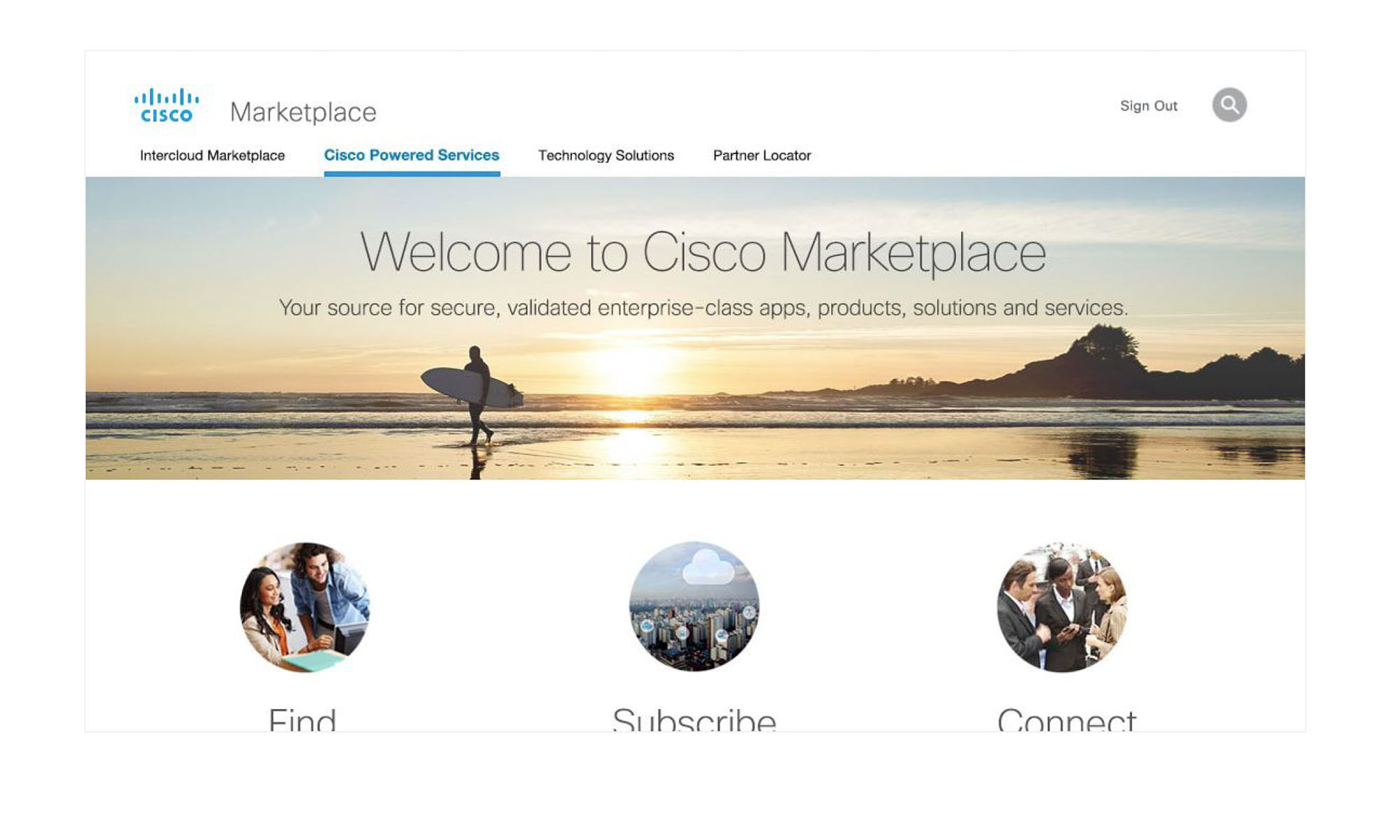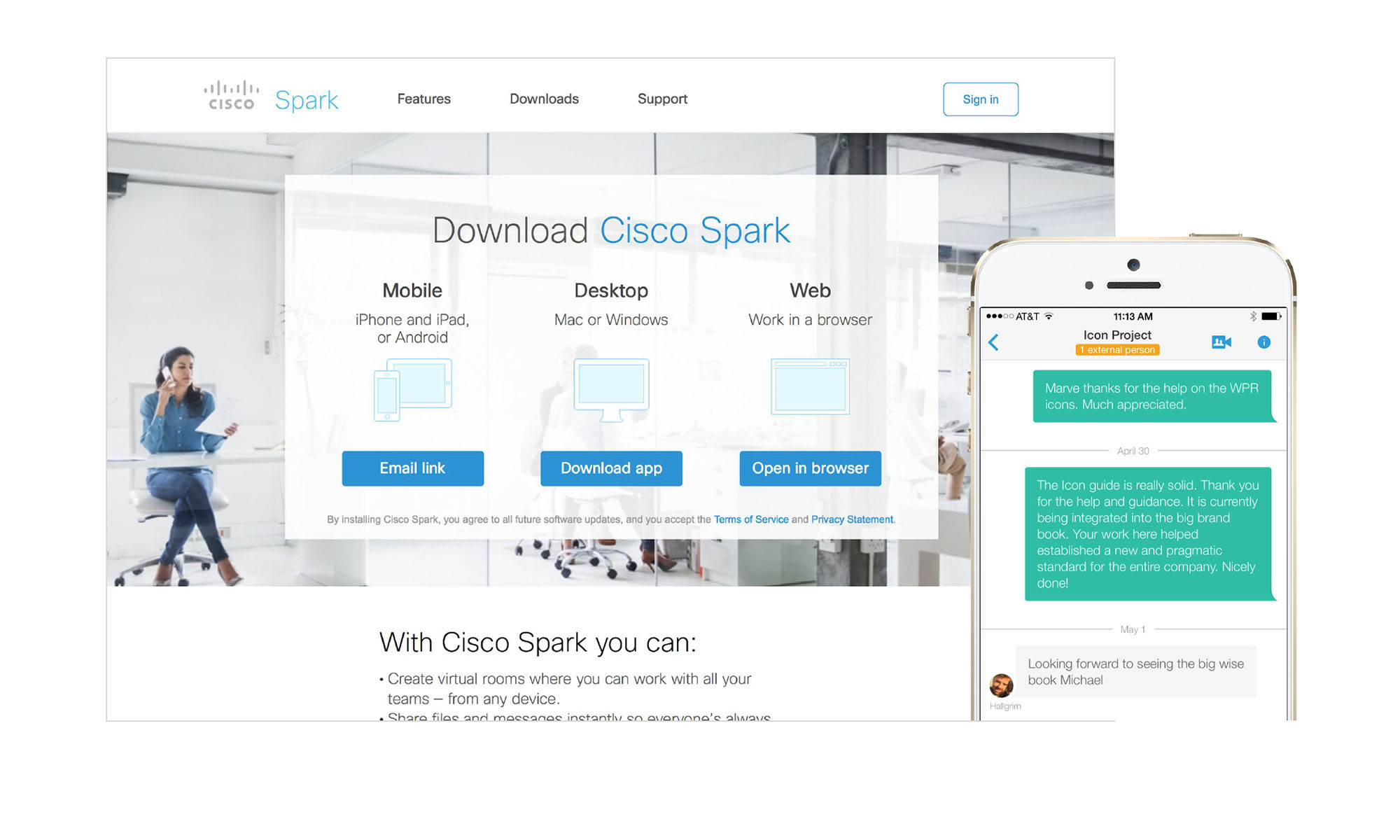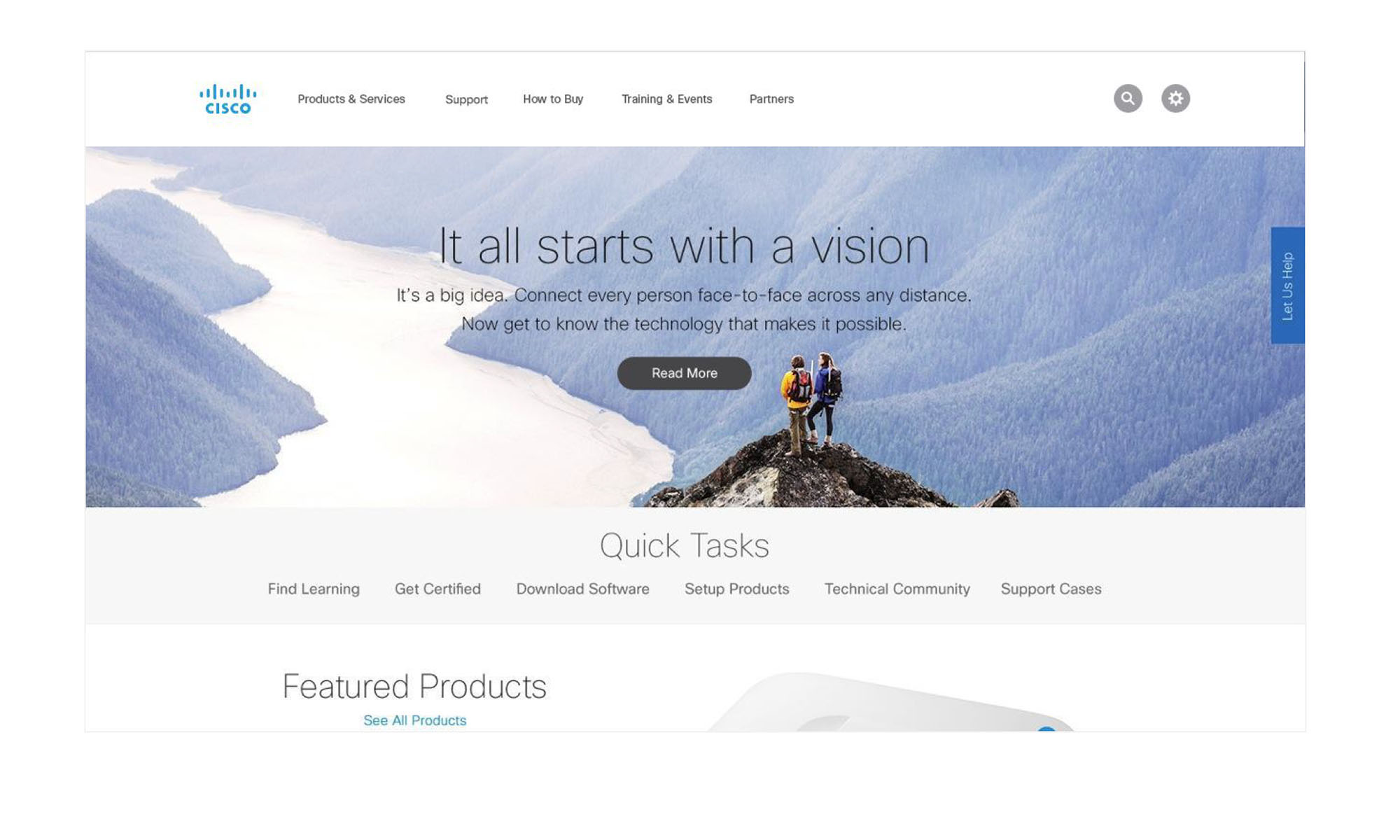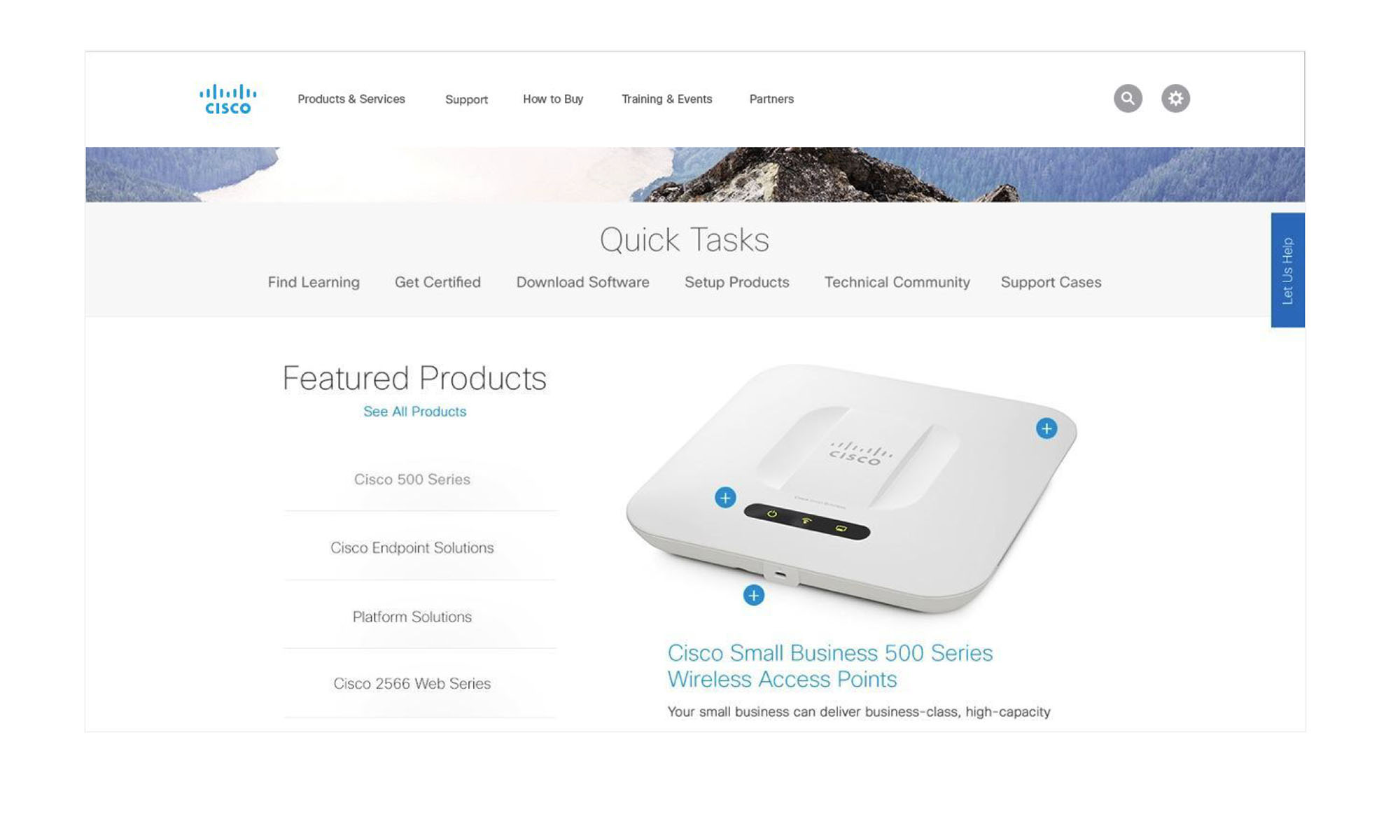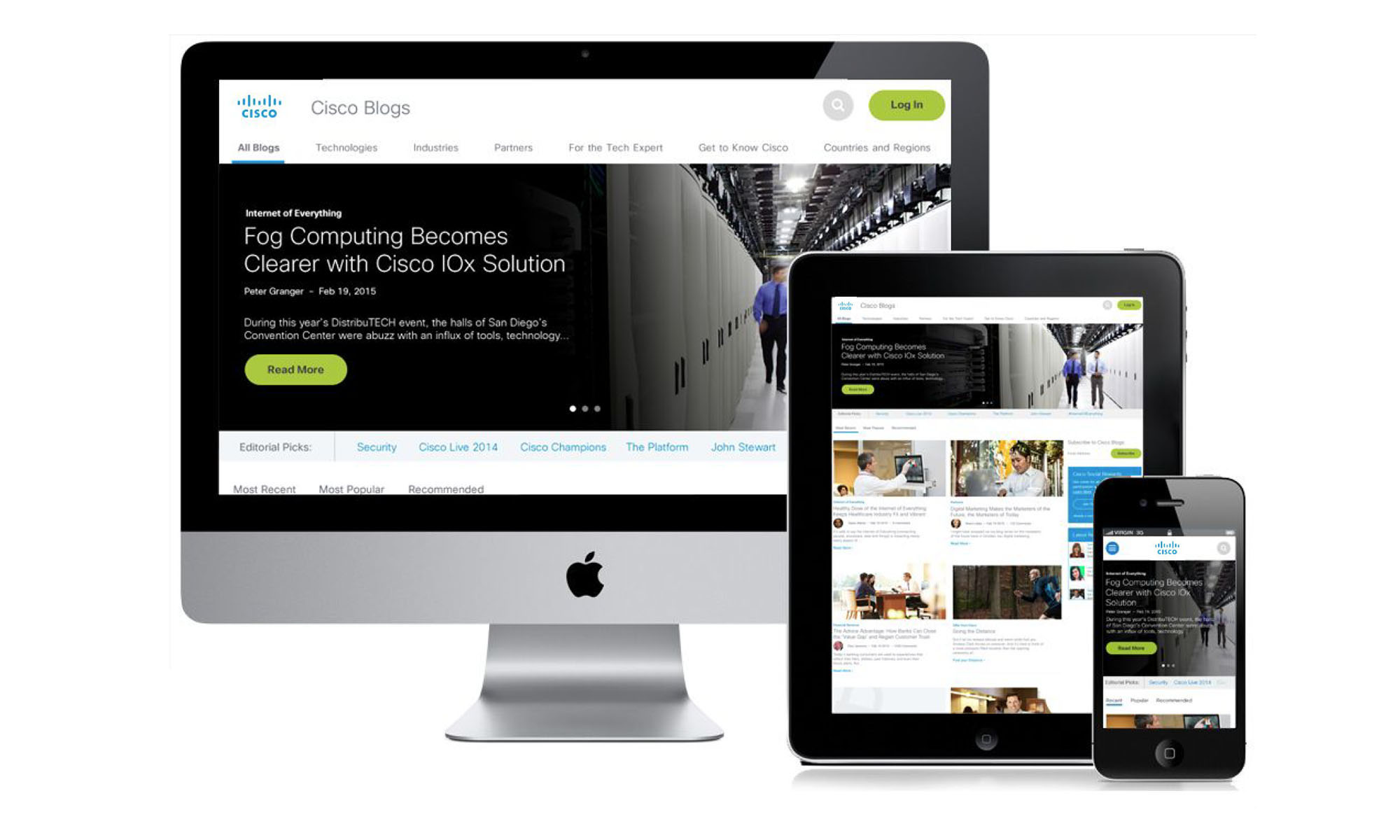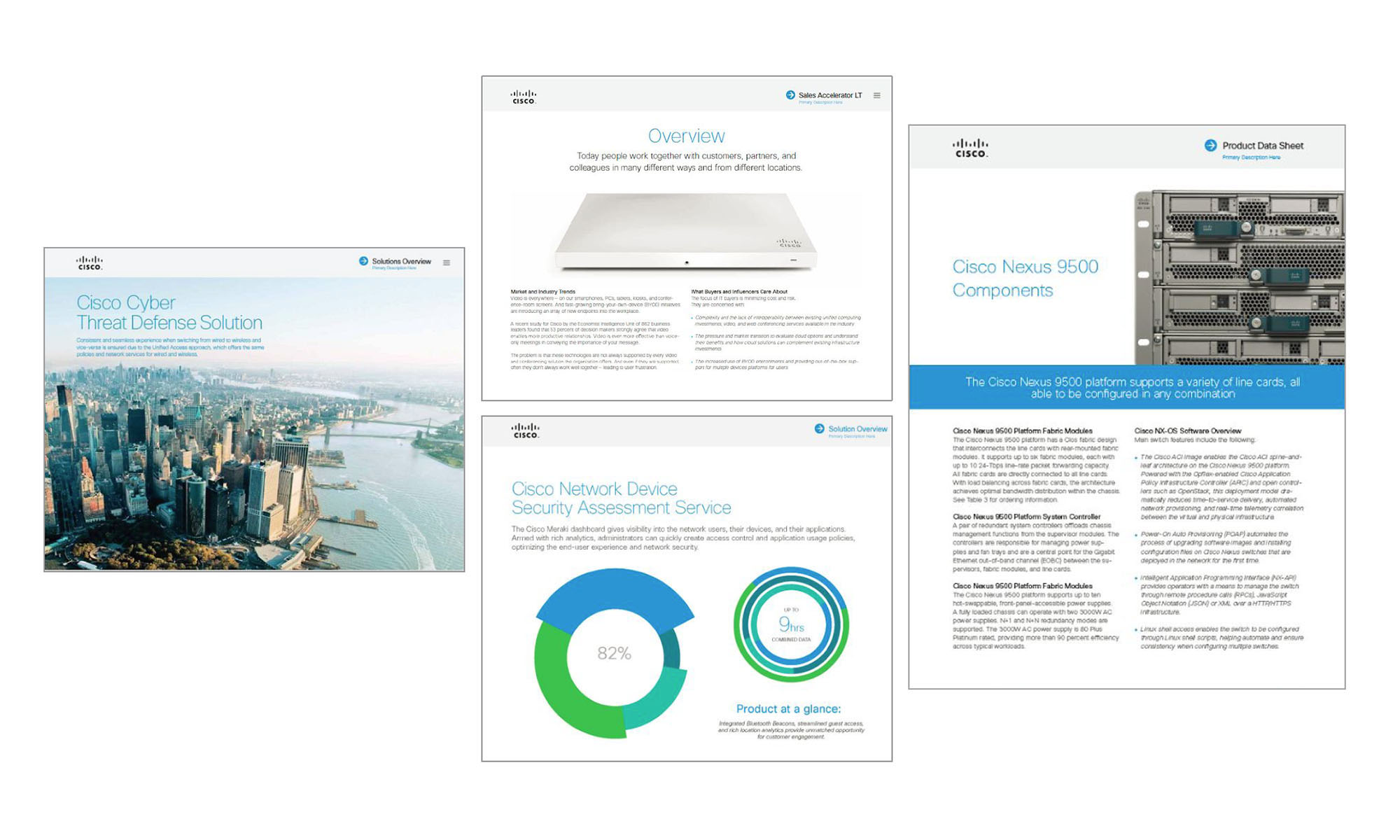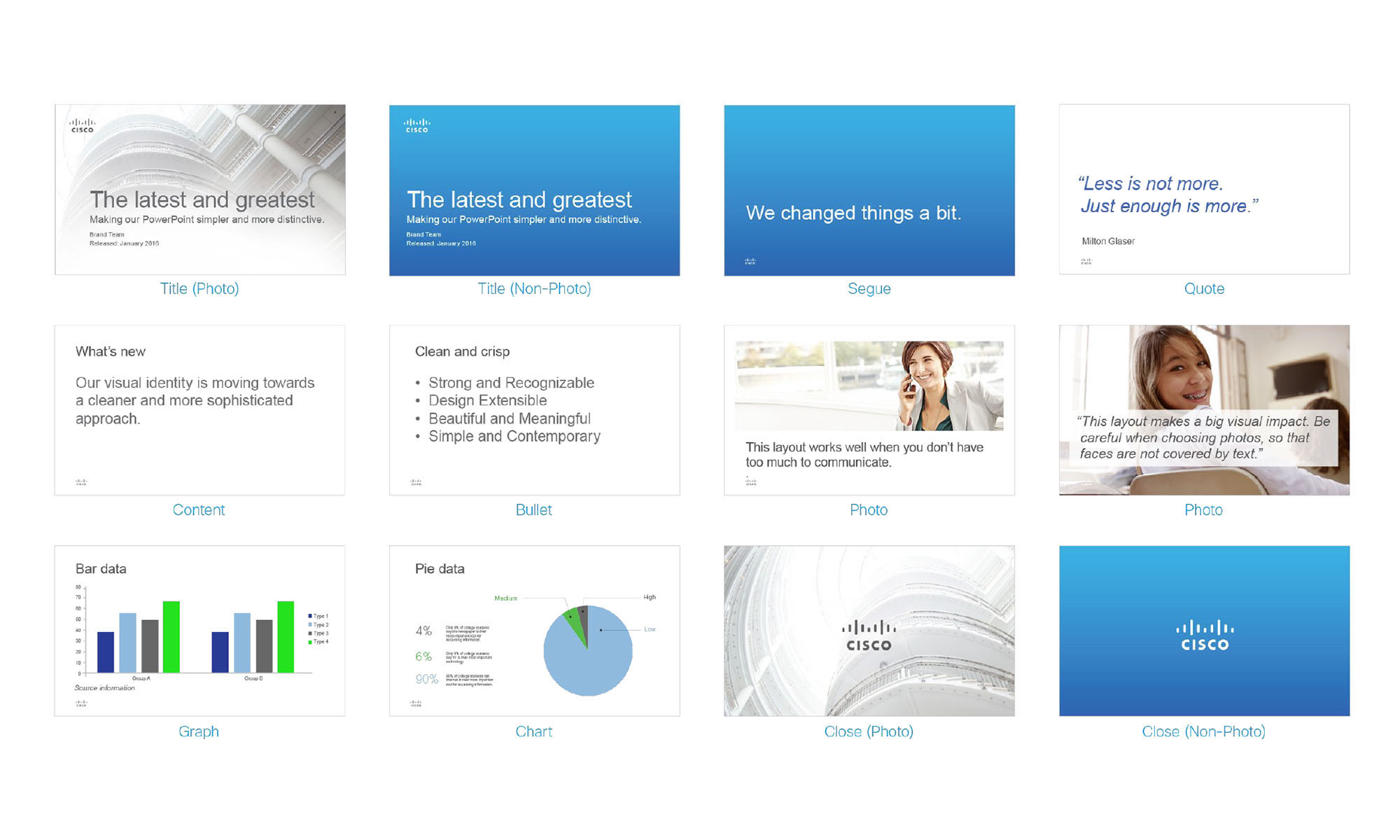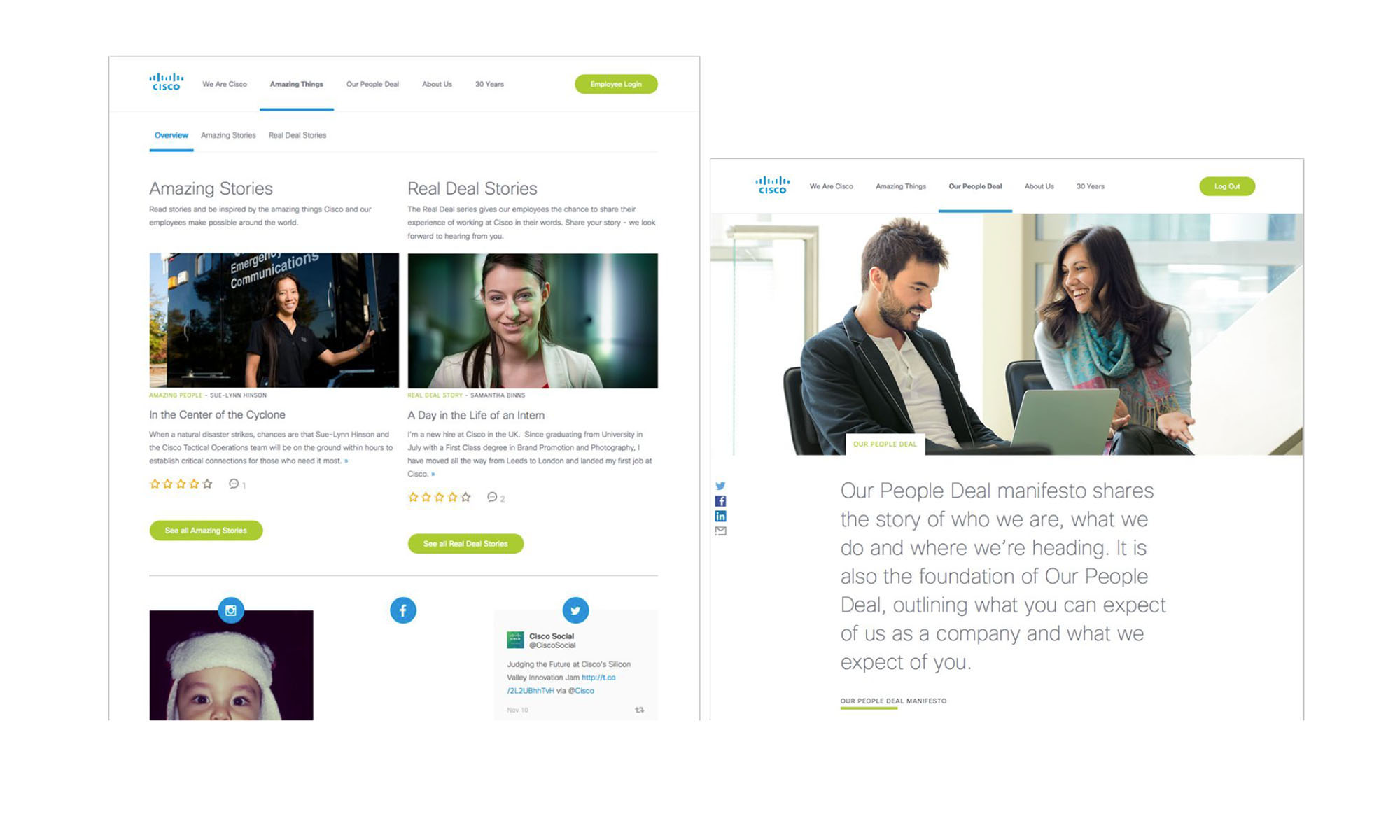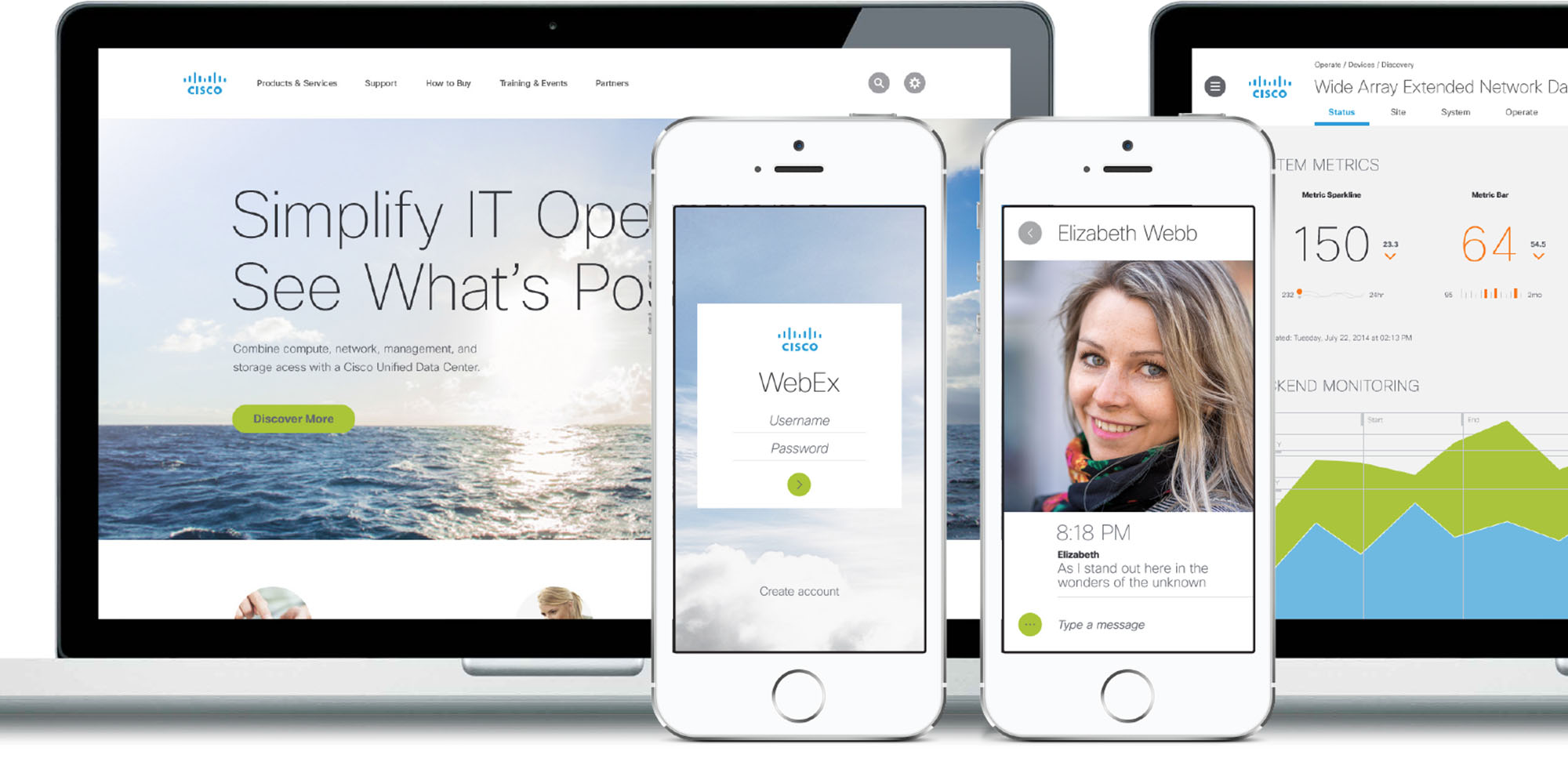
Before I created the program to unify the digital experience at Cisco it was a free for all. When a company builds hundreds of software and web products without interface design standards you get a completely fractured customer experience. We had no clear voice, just static noise.
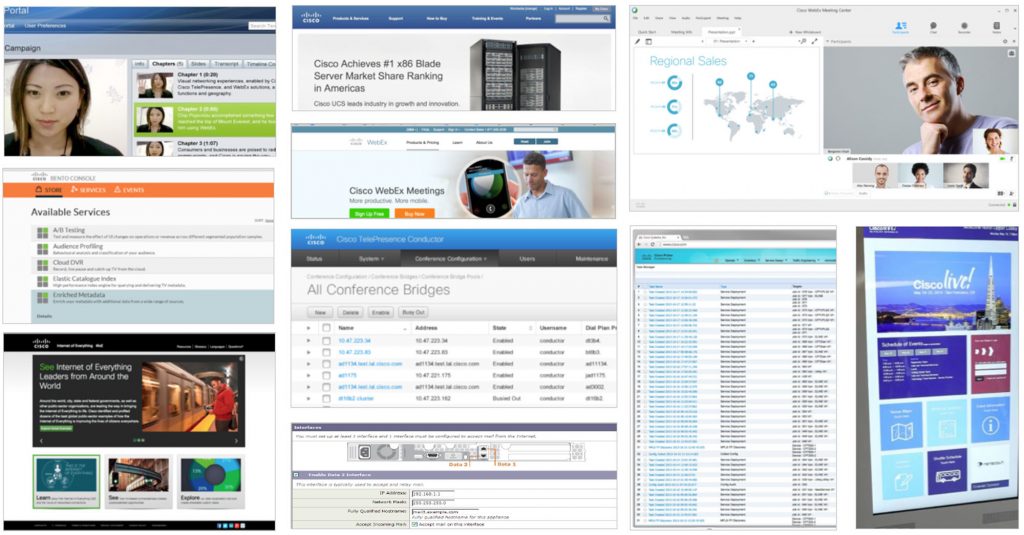
Toss in 170 acquisitions and you get an idea of the situation at Cisco. I came up with a simple goal:
Establish a consistent and distinct digital visual identity across our digital touch points
Unifying that beast of an experience is exactly what I set out to do. Providing our customers a unified, not singular, experience across the entire digital journey. We used my Brand Experience Strategy and the same two principles we developed for the Winning with Words program: 1. Make it simpler, 2. Make it more distinctive.
We already had lots of customer feedback from our team’s Experience Journey Mapping research. Next came the inventory of teams that developed customer-facing digital experiences. We pulled them together to understand what their needs were, and to co-create the new system with them. This met their needs, and so we brought them into the overall program. These people became the ambassadors of the program.

We wouldn’t have been able to influence without the various design teams’ active support. Their input and voice let us create a design language that met the product and web teams’ core needs. All the while we were using customers to provide input and usability feedback.
Scope
Moving beyond the core identity system, my team tackled common widgets and design patterns, behaviors, and motion design principles, while the product groups took care of application-specific needs. We ended up with Digital Identity Standards that became an agile living system.  Some were afraid that teams would lose control over their products. We soothed their worries by showing that our program’s scope didn’t dictate how they applied the design language to their products or how they met their users’ needs. We were driving the unification of the customer experience, not a singular/identical experience.
Some were afraid that teams would lose control over their products. We soothed their worries by showing that our program’s scope didn’t dictate how they applied the design language to their products or how they met their users’ needs. We were driving the unification of the customer experience, not a singular/identical experience.
Adoption
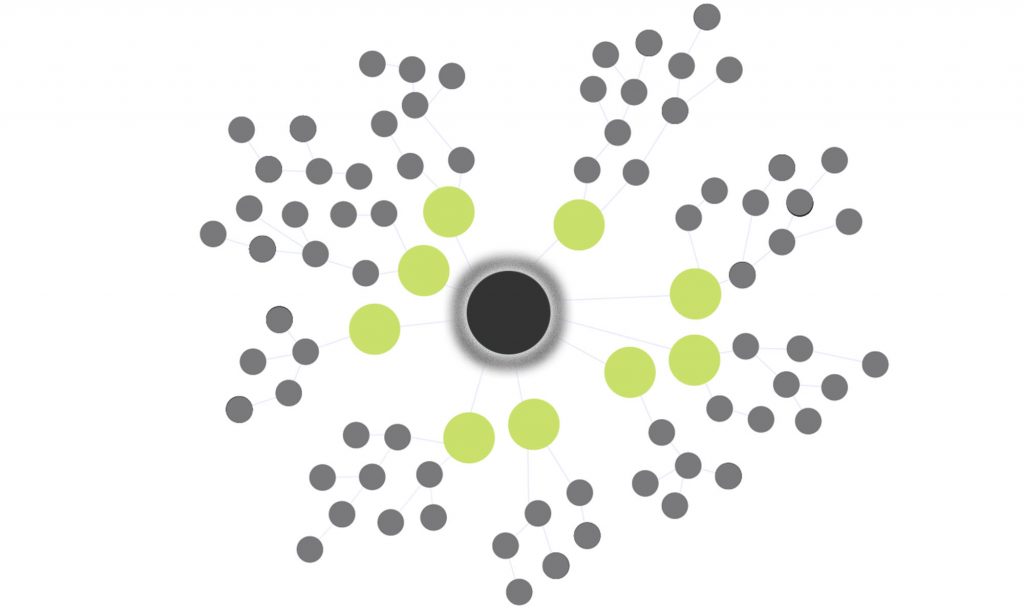
The program was a marriage of my executive evangelization briefings and grass-roots user experience teams’ leadership.
The ambassadors became the day-to-day heart of our rollout strategy. Using a federated governance model, our small team was able to influence all of the major products the ambassadors owned. With their help, we achieved critical mass, going over the tipping point.
Community designed
![]()
We used an “open source” model for contributions to the design system. New parts could come from anywhere. One great example how our common icon library came together. There was an iconographer in Oslo who was working on a product. Over a few months, we were able to adjust and expand his work to align with the needs of all the other teams. Using our charter and program his team was able to deliver a unified icon system and design language everyone adopted. This would never have happened at Cisco before.
Motion
Using our brand attributes, values, and identity, we worked on how to best show off the brand through motion. Google’s motions are bouncy. Cisco’s are secure and trustworthy. Their promise asserts that they securely connect the unconnected. So the motion system reflects that promise.
Momentum
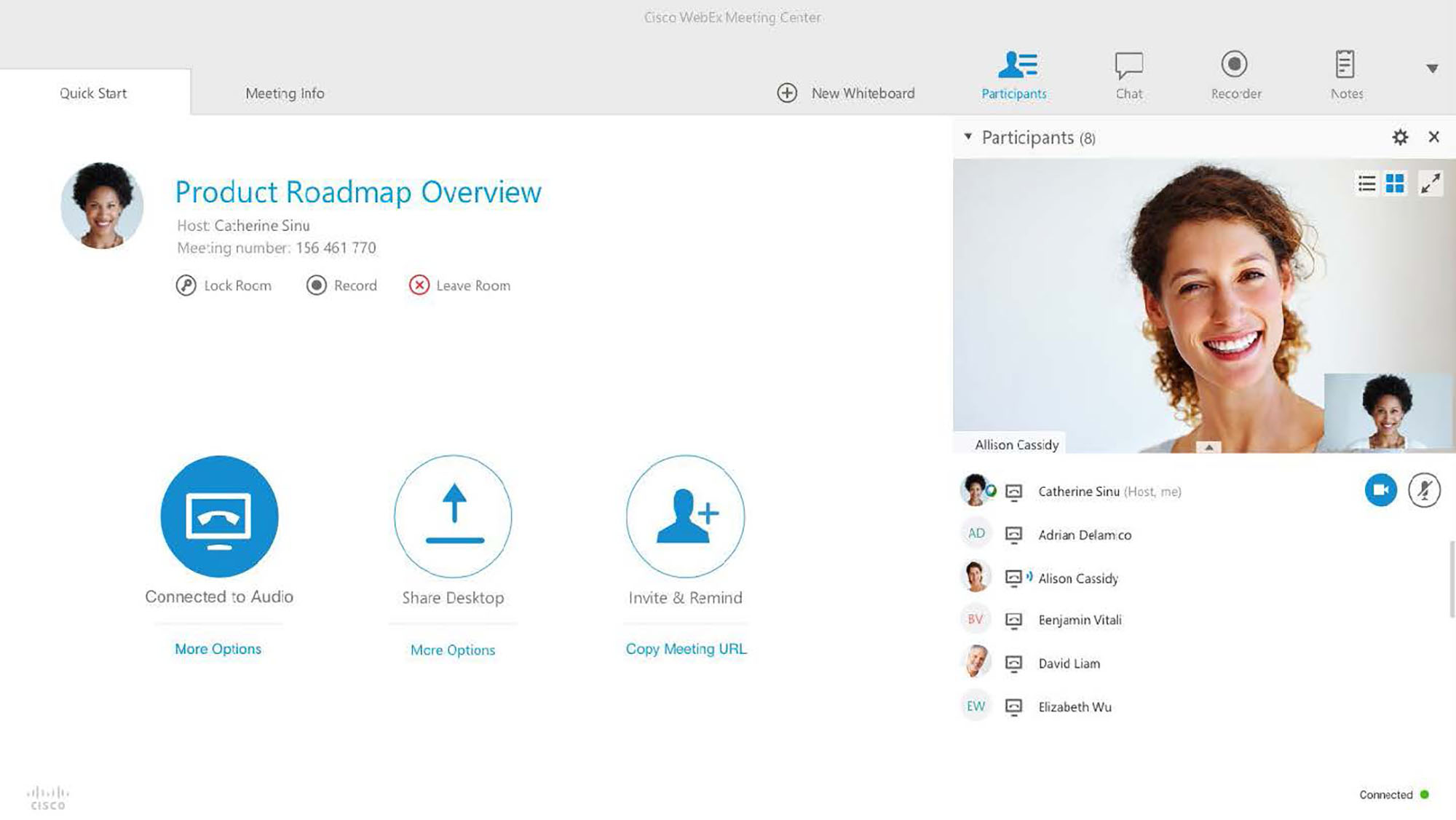
We secured product commitments relatively early in the program. But when WebEx released using the new design language, we hit exit velocity. After that teams fell in line. It was just a matter of showing them how to implement the design language.
While all the products haven’t been released yet, we had over 80% of the digital experience committed to adopting the language. Across the entire Cisco digital experience; websites, mobile apps, web apps, desktop apps, embedded software, marketing collateral, and technical documentation. These projects went live before I left:
They said it was (almost) impossible. But we did it anyway!
